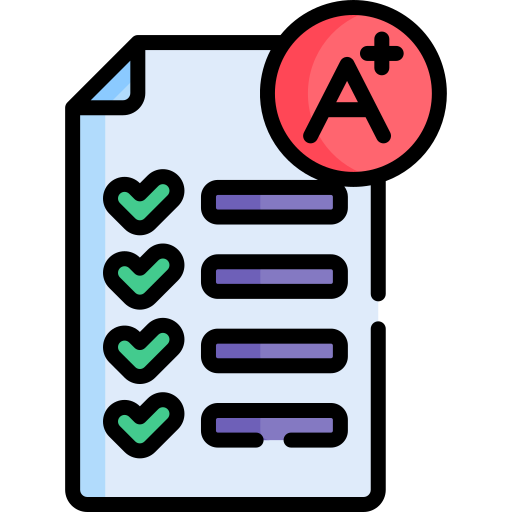
This logo isn't an ad or affiliate link. It's an organization that shares in our mission, and empowered the authors to share their insights in Byte form.
Rumie vets Bytes for compliance with our
Standards.
The organization is responsible for the completeness and reliability of the content.
Learn more
about how Rumie works with partners.
Do you have elementary students in your classroom who suffer from test anxiety?
Do you feel that traditional summative testing leads to unnecessary stress for your students and isn't an accurate reflection of their growth?
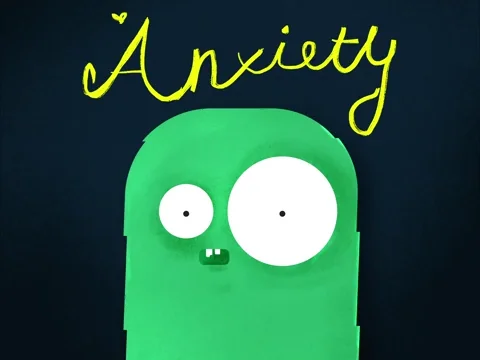
Look no further! There is more than one way to evaluate your elementary students' academic growth at the end of units. In fact, they may even be more equitable and enjoyable for all.
A Closer Look at Summative Assessments
 Photo by Joseph Rosales on Unsplash
Photo by Joseph Rosales on UnsplashSummative assessments should always be directly related to objectives and benchmarks and reflect a wide range of skills and growth in your students.
Summative assessments are:
used to evaluate what children have learned overall
administered at the end of a unit, course, or school year
formally graded
ways to show how prepared students are for the next academic level
useful for teachers, highlighting gaps in the curriculum
For pre and early readers, summative assessments:
tell your student's learning story
show the distance traveled academically
are often prepared as a portfolio
Creative Summative Assessments in the Elementary Classroom
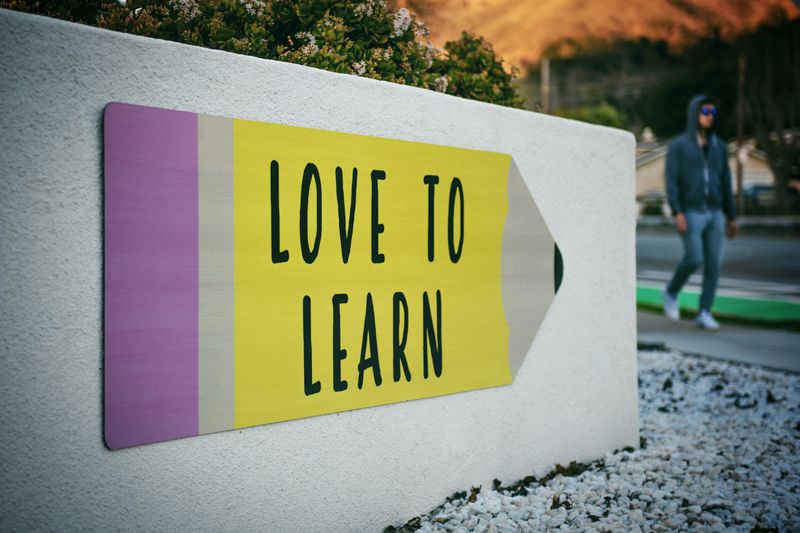 Photo by Tim Mossholder on Unsplash
Photo by Tim Mossholder on UnsplashTeachers can develop summative assessments that go beyond the traditional written test to avoid boredom and test anxiety. As long as the assessments are aligned with the expected outcomes and the expectations are clear to the students, the options are plentiful.
Written summative assessments:
Students may:
write a play or skit
write a song or poem
write an essay
write their own test and answer key
write a report following an interview
Performance summative assessments:
Students may:
perform their play or skit
perform their song or recite their poem
record themselves as a news reporter
record a podcast
record a trailer or short film
record an advertisement
give a speech
Creative summative assessments:
Students may:
create a board game
develop a website
create a comic strip
develop a slide show or presentation
create a model or diorama
create a Jeopardy or Kahoot! game
create an art collage
create a chart or poster
The Deciding Factor
 Photo by jose aljovin on Unsplash
Photo by jose aljovin on UnsplashWhen deciding on which assessment projects to offer, consider the following:
What subject will be assessed?
Some assessments are better suited for specific subjects than others. For example, a living museum or reenactment works well with history, while an essay or poem may be best in reading & language arts.
What is the students' level?
Consider your students' abilities and offer assessment choices that they can reasonably create. While a fifth grader may be able to develop a simple website, your first grader may not be as successful with this task.
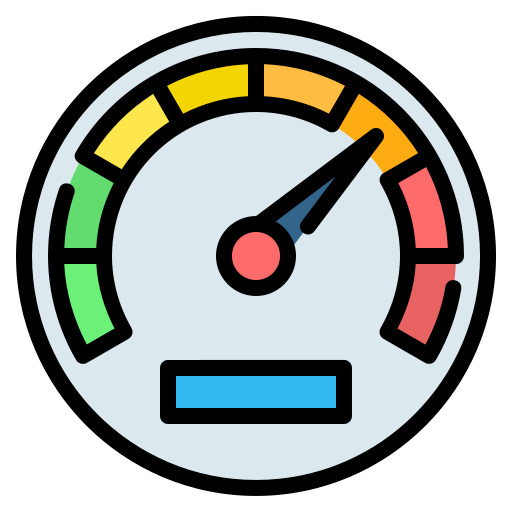
How well will the project measure learning objectives?
Be sure to focus on the objectives. Will your project choices reflect how well the students have met these objectives?
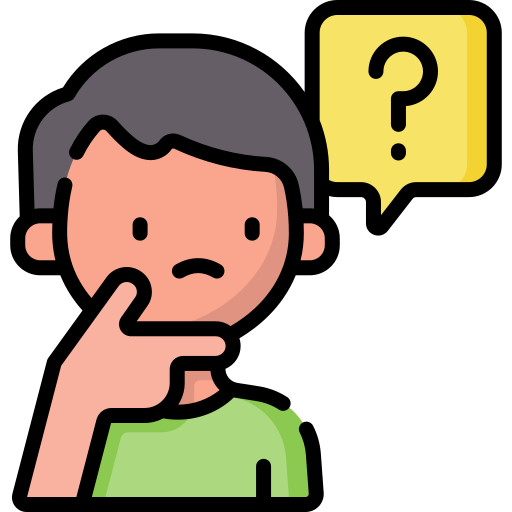
How will you assess the learning objectives for each project?
Decide how to best grade your students' performance and mastery of the subject/objectives. Will a rubric work well with the summative assessment, or would a checklist be better suited?

How will you consider student interests and personalities?
Offer assessment choices that fit your student's interests. For example, if you have very energetic and social students, performance assessments may be a great option. On the other hand, if you have shy students, written and creative assessments may be more appropriate.
Scenario: History Class
 Photo by Assad Tanoli on Unsplash
Photo by Assad Tanoli on UnsplashYour fifth-grade students will be wrapping up their history unit on World War 1in a couple of weeks, and you'd like to skip the multiple-choice test you usually give.
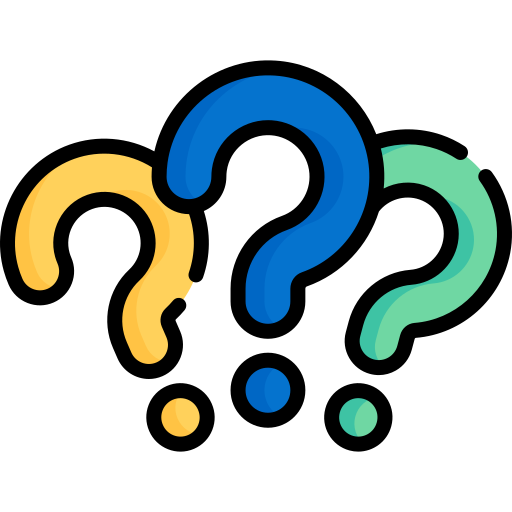
What should you do before offering the class fun summative assessment project choices?
A. Pass out a study guide for students.
B. Decide which projects to include on a choice board.
C. Create a rubric to share with the choice board.
D. Determine which learning objectives must be met.
Quiz
Select all that apply:
Before offering the students choices, you'll want to determine which learning objectives to focus on. Carefully considering which projects to offer, along with well-structured rubrics, will keep the assessment aligned with the objectives.
Summative Assessments for Early Readers
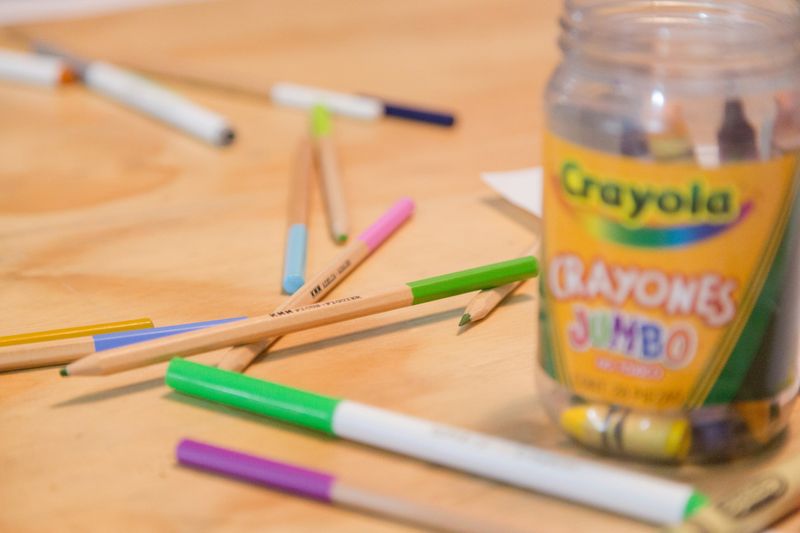 Photo by Brands&People on Unsplash
Photo by Brands&People on UnsplashFor non- and early readers, summative assessments often include a portfolio showing the student's learning journey.

Benefits of a portfolio in early childhood:
pre-established documents/checklists of benchmarks save teachers time
easy to keep organized
shows a timeline of the student's progress toward learning outcomes
Assists in identifying gaps and additional support needs
Assists in creating learning goals for the future

Portfolios should highlight progress towards learning goals and may include:
photos with dates and written descriptions
work samples with dates
pre-established documents/checklists showing benchmarks reached
parent communication
parent reflections
child reflections (may be collected through an end unit "interview")
Take Action
This Byte has been authored by
Katrina B
Instructional Designer
AAS, BS, MS
